
Natural Cleansing Products with Surfactants
Surfactants are cleaning components that are used in the manufacture of both cosmetics and household chemicals.
Making soap vs making cleansing products from surfactants
If fats and oils and soap are used in the production of handmade soaps, the so-called ordinary soaps sold in the store are made from surfactants. Synthetic raw materials are often behind the cheap price of shop soap. The English name "syndet bar" - synthetic detergent bar - has also come from this. But surfactants are also made from natural raw materials. The popular packaging-free shampoos and detergents of the LUSH store chain have definitely contributed to the great popularity.
The making of surfactant cleansing products is faster and easier than soap making - the substances are melted, mixed and poured into a mold to solidify. After solidification, the product can be used immediately You don't have to worry about the danger of lye, but wearing a mask is necessary for the safe use of powdered surfactants. Another important difference between soap and surfactant detergent is pH. While the pH of soap is usually between 8-10, detergents made from surfactants have a neutral or slightly acidic pH, which, among other things, is more suitable for most hair types.
The effect of surfactants is based on reducing the surface tension of water. As a result, the detergent can better access the dirty surface with water. The surfactants sold at Relumee are made from vegetable raw materials.
Surfactants are divided into four groups - anionic, nonionic, cationic and amphoteric .
Anionic surfactants are suitable for shower gels, shampoos and solid detergents. They foam well. Anionic surfactants clean protein dirt (blood) and pigments better, but they are inferior to other surfactants when dissolving fats. The group of anionic surfactants includes sodium cocosulfate and SCI .
Non-ionic surfactants dissolve greasy dirt well. The group of non-ionic substances includes decylglucoside and the surfactant mixture cocoglucoside and glyceryl oleate .
Cationic surfactants do not have good cleaning properties or foaming properties, but they complement the products with antistatic and softening effects. Cationic surfactants include, for example, BTMS emulsifier. These substances improve the washing properties of nonionic surfactants. Cationic components can be combined with anionic ones in solid products, but in liquid shower gels and shampoos, the mixture can become unstable and the solids can precipitate.
Amphoteric surfactants contain at least one anionic and one cationic group. At low pH, they behave cationically and at high pH, anionically. They are effective because they penetrate well into dirt and the surface. The advantage of amphoteric surfactants is that they are less irritating to the skin and eyes and are also suitable for use in hard water. Amphoteric surfactants are used as additional surfactants. This group includes, for example, cocamidopropyl betaine. By using amphoteric additional surfactants, detergents are less irritating to the skin.
By combining different surfactants, it is possible to obtain products with better properties.
Liquid and powder surfactants
Some of the surfactants are in powder form, some are in liquid concentrate. Powdered surfactants make it possible to prepare both solid and liquid detergents. In the case of SCI powder, the production of solid products is preferred because its solubility in water is limited and the powder can crystallize at the bottom of the product. SCI can be used in liquid products in mixtures with other surfactants because they help to dissolve the SCI powder.
Powdered surfactants are easily volatile and require the use of a mask. Fine powder can easily enter the respiratory tract.
Betaine is available in both liquid and powder form. The betaine sold at Relumee is 3 times more concentrated than liquid. If your recipe calls for liquid betaine, you can make it yourself by mixing 1 part betaine powder and 2 parts water.
Use of preservatives
Recipes for solid detergents contain a small amount of water. Since this water evaporates during the drying process, there is no need to use preservatives. From the point of view of preservation, however, it is very important that the product can dry properly between uses. However, mold may develop when stored wet. Preservatives must be used in liquid detergents.
Recipes with surfactants
A solid facial cleanser
The solid facial cleanser is suitable for all skin types because it does not dry out the skin.
100 g SCI
18 g coconut oil
18 g stearic acid
18 g water
1 g fragrance oil / essential oil
Heat the coconut fat, stearic acid, cocamidopropyl betaine and SCI powder in a water bath until melted. Add water.. Heat and stir until a smooth paste is formed. Stir in the fragrance. Leave the mold to harden.
Facial cleanser with shea butter, glycerin and allantoin for delicate skin
100 g SCI powder
16 g glycerin
20 g water
20 g shea butter
3 g allantoin
1 g fragrance oil / essential oil
Heat the water, SCI and glycerin in a water bath until melted. Add shea butter and mix until smooth. Remove from the water bath and add the rest of the ingredients one by one, mixing carefully in between. Allow the mold to solidify for at least 4 hours, then take it out of the mold and leave it for another two days to let the water evaporate.
Solid shampoo
100 g sodium coco sulfate (SCS)
40 g SCI powder
20 g of water
8 g coconut oil
8 g castor oil
2 g fragrance oil / essential oil
Melt all components except the fragrance in a water bath. Mix the smell into the uniform melted mass and pour it into the mold to solidify. Let it solidify in the mold for 4 hours, then take it out and leave it for two more days to let the water evaporate.
A solid facial cleanser with activated carbon
10 g shea butter
10 g cetearyl alcohol
50 g SCI powder
15 g of water
1 g aroma oil / essential oil
Melt all components except fragrance and activated charcoal in a water bath. Mix the ingredients into a uniform mass and pour into the mold to solidify. Let it set in the mold for at least 4 hours, then take it out of the mold and leave it for two more days to let the water evaporate.
Bath bombs with scs powder
70 g baking soda (you can find it in any grocery store, price approx. 60 cents/500 g)
20 g citric acid
10-20 g sodium coco sulfate (SCS)
2g fragrance oil / essential oil
spray bottle with water
a little mica if desired
Mix together baking soda, citric acid, and SCS powder. If you want to add coloring, mix it into the powder as well. Use dye sparingly. Carefully add the fragrance, and mix well. Spray as little water as possible on the mixture to prevent it from reacting. If there is too much water, the mixture will fizz even before it solidifies. Knead the mixture until it resembles wet sand and begins to hold together. Press the mass into the mould. Smaller and larger silicone molds are suitable for this. When the mass has solidified, take it out of the mold to dry completely. Due to the larger-than-usual amount of soda, this bath bomb is not intensely hissing, but dissolves over a slightly longer period of time and creates a nice layer of foam in the bath water as it slowly dissolves. Adding a pleasant fragrance is certainly an important part of the pleasure.
If you wish, you can also replace SCS with SCI, SCS is in granules and dissolves more slowly, SCI is in powder form and dissolves more easily in water.
Solid shampoo with emulsifier
100 g SCI powder
18 g BTMS emulsifier
30 g water
6 g cetearyl alcohol
10 g jojoba oil
1.5-2 g fragrance oil / essential oil
This solid shampoo bar is a combination of conditioning emulsifiers and surfactants. The emulsifier gives the product strength and conditioning properties.
Heat the cocamidopropyl betaine, SCI and water in a water bath and the jojoba oil, cetearyl alcohol and emulsifier in another. During heating, the btms and cetearyl alcohol must melt completely, while the surfactants form a uniform paste. Mix the ingredients together and add the fragrance to the mold and leave to harden.
You can find the recipe for making solid shampoo with rhassoul clay here: Making solid shampoo.


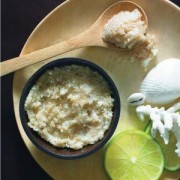
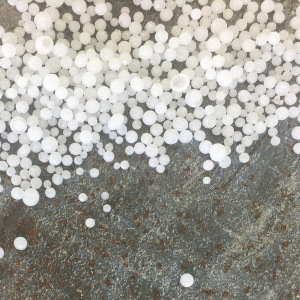
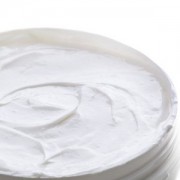




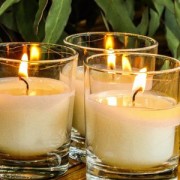
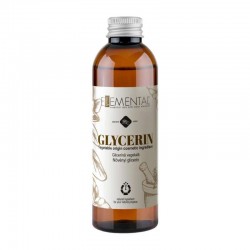
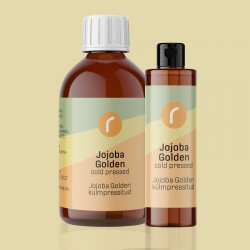
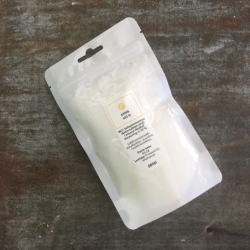
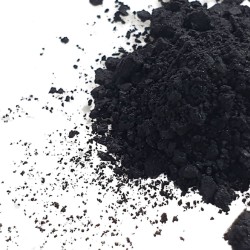
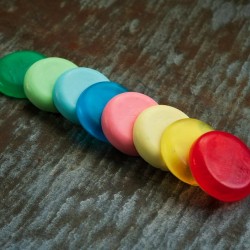

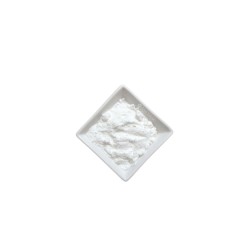


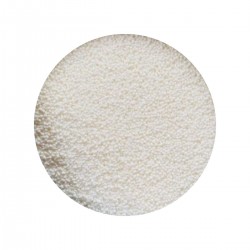
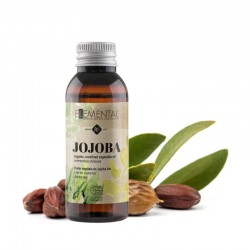


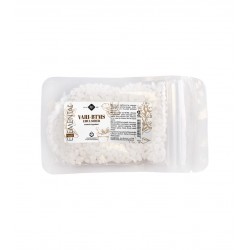

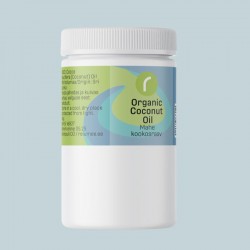
Leave a comment